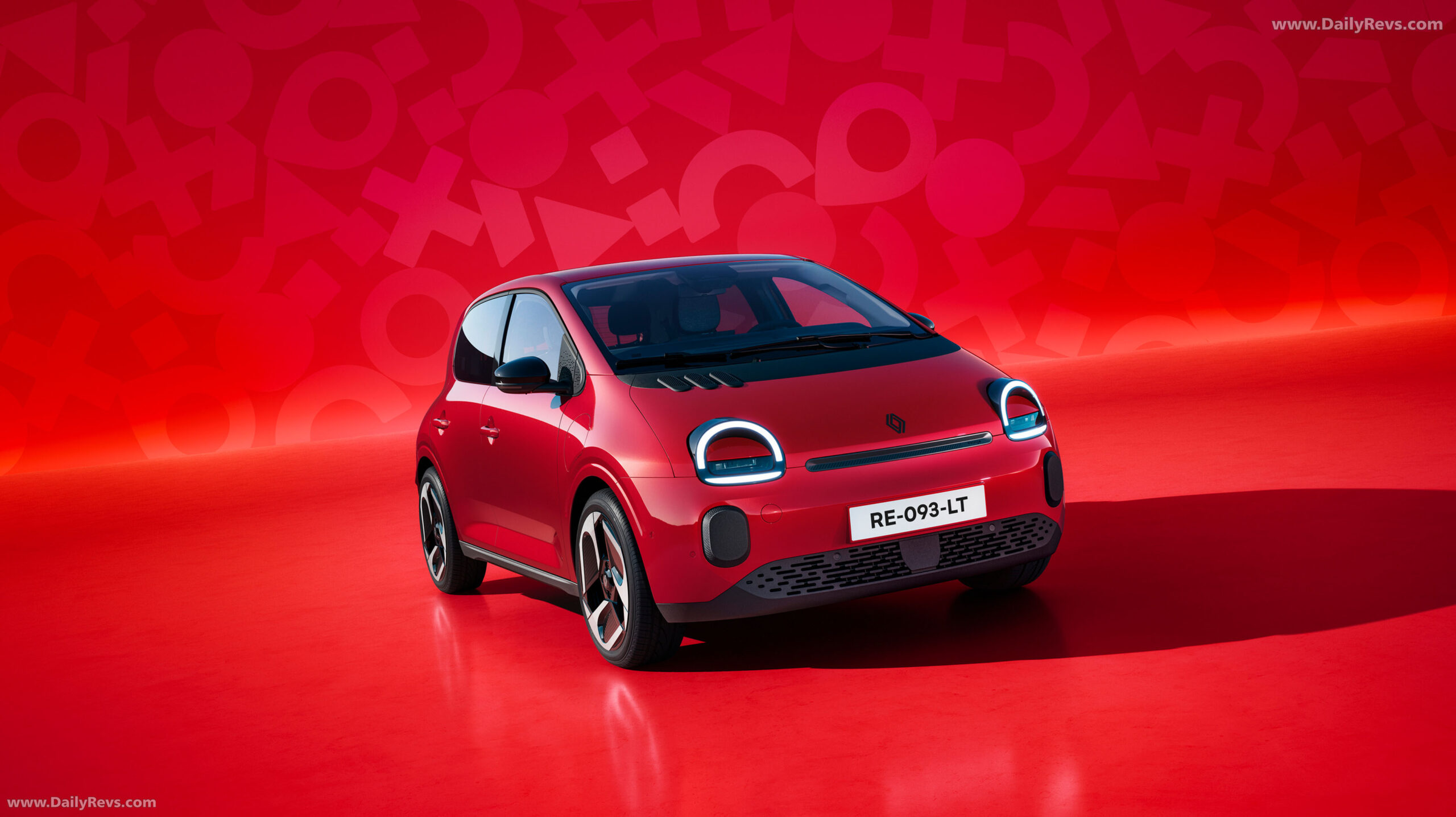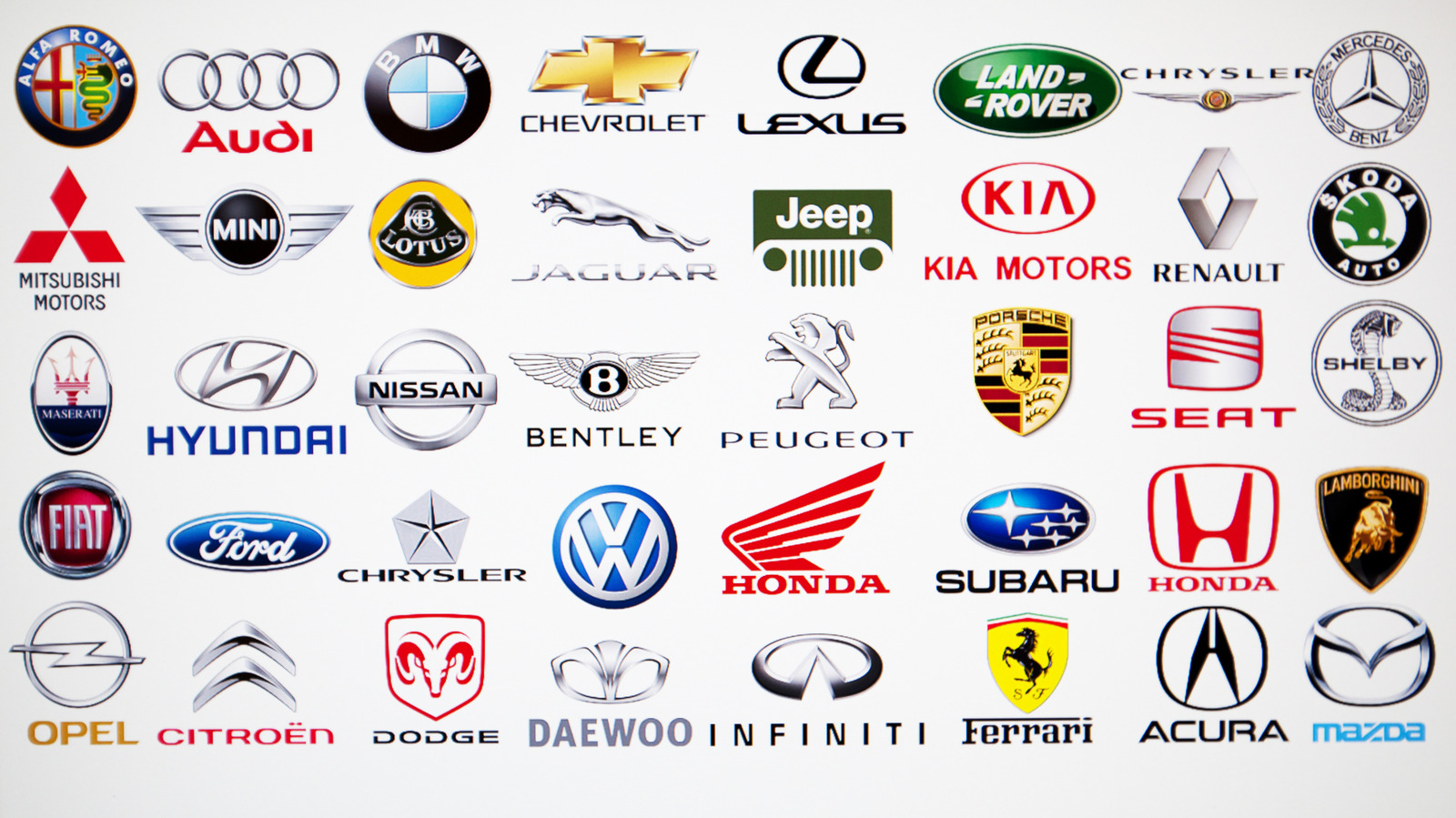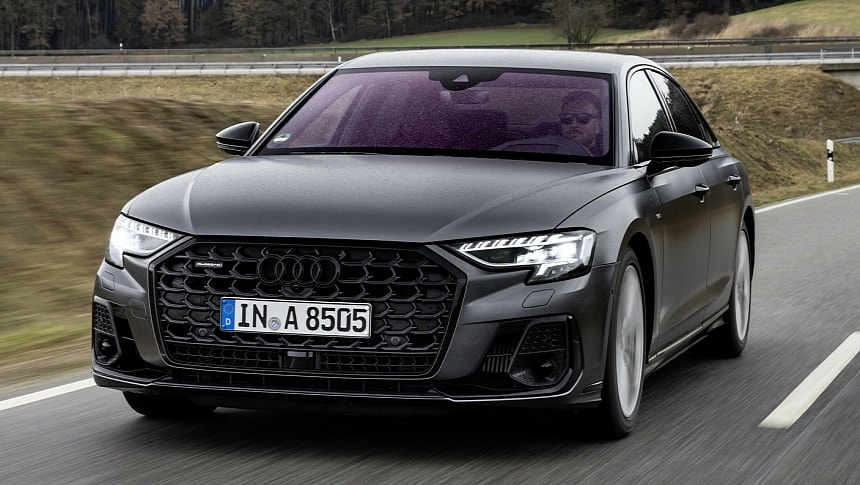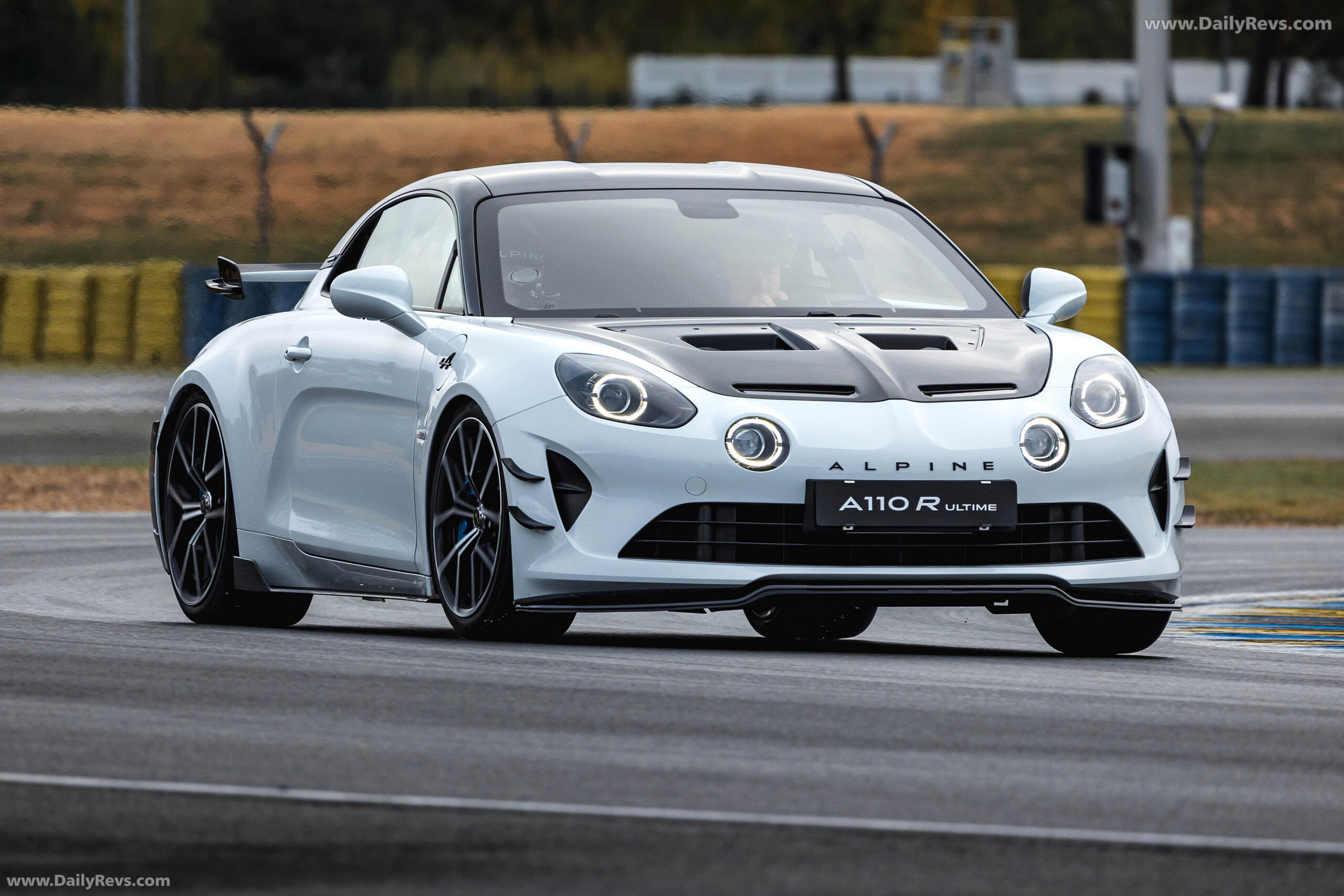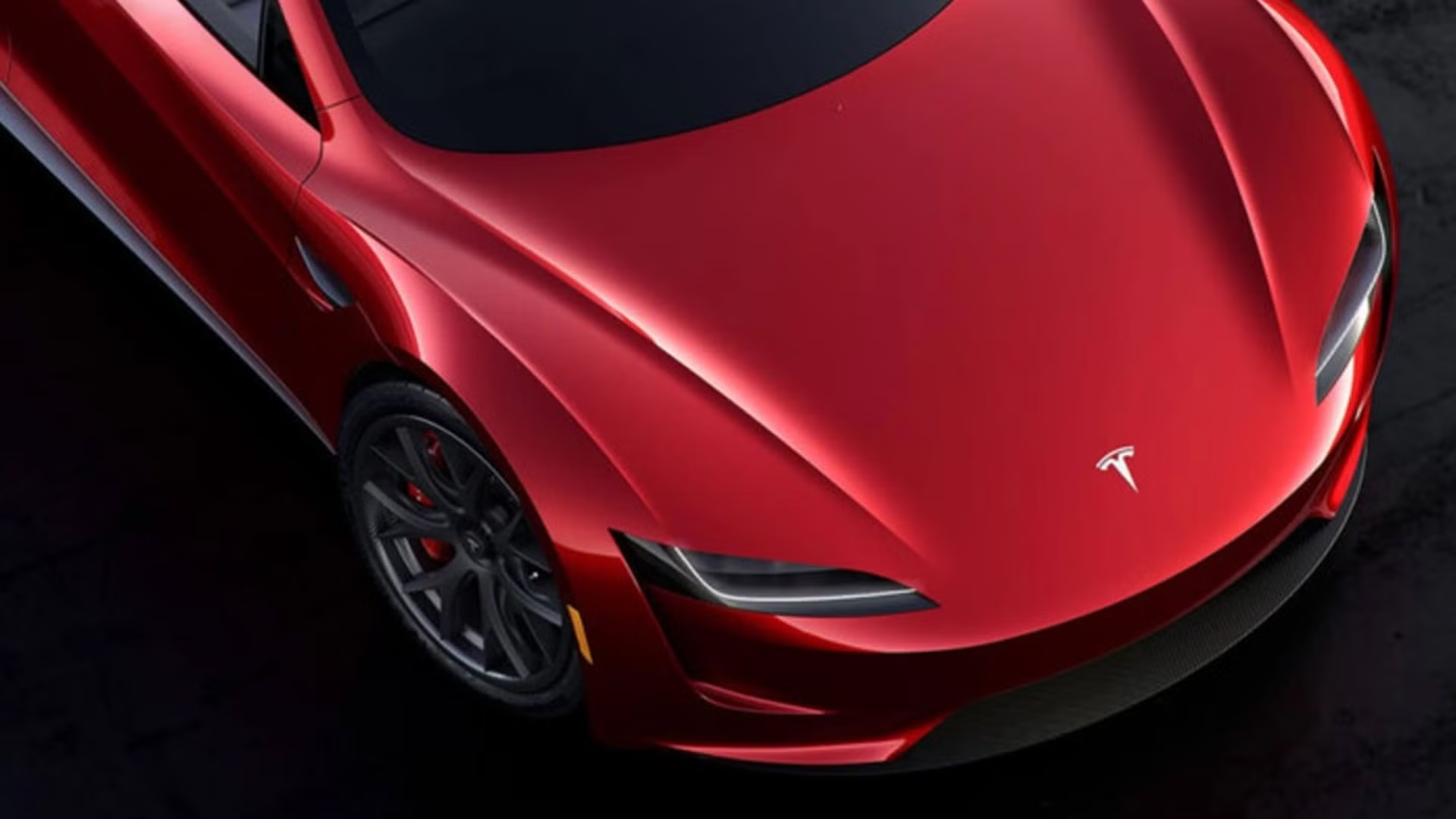Decision on new affordable car category set to be made next month
Renault will look to cut the prices of the 4, 5 and new Twingo by up to 15%, rather than create new models, if the European Union’s proposed new E-Car category is brought in next month with certain parameters included.
The EU’s proposal is centered around creating a new class of small affordable electric cars – similar to the framework in place for Japan’s Kei car – that are built in Europe for Europe. It claims these would boost EV sales, cement jobs and give the continent’s car makers a weapon against the wave of new state-subsidised Chinese-built EVs that are undercutting legacy brands.
Renault Group boss Francois Provost told journalists on Thursday that, as part of the new category’s framework, he wants lawmakers to pause the need to integrate new safety measures for between 10 and 15 years. “If so,” he said. “We can dedicate our engineers to improve [current] cars and decrease the cost, [meaning a] lower price for the customer.”
He added: “I don’t ask to remove regulation. No, I just ask to have 10 or 15 years without new regulation. Because today, what is planned by Europe is 107 new regulations on automotive by 2030.”
The current legislatory approach, more generally, sees new safety regulations being added annually, meaning new cars, as well as those already on sale, are having to be fitted with a host of new technology – which mainly includes ADAS and safety systems – just to stay compliant.
This, Provost said, is one of the single biggest costs to car makers right now, not just because the tech is expensive but because “we have to apply the regulation every year” to each car, which means “my engineers will have to change the job [they did the year before] in order to apply the new regulation”.
Asked which type of car should be eligible for the new class, he said Renault Group’s ideal criteria would include cars that were less than 4.1m in length, produce below 15 tonnes of CO2 over its lifetime, and be built using “local content” (such as batteries).
While exact details of the category are still underwraps, Provost’s detail of the criteria suggests this could be close to what the EU – which has been in dialogue with Europe’s car makers in creating the rules – will bring into force next month.
If so, this would mean the 4, 5 and Twingo will be eligible, and “the objective is to decrease the price” of those cars, said Provost, not create new cars for it. This is because, under these criteria, it already targets “the core of the European market” within the A and B segments.
Asked how much off their price tags Renault would look to cut, given the small margins these models already command, Provost said that the target for Ampere – Renault’s efficiency arm – was to reduce production costs by 40%. With the new Twingo, it achieved 25%, “so I think we have an additional 10 to 15% which we can borrow” to bring the price down further, while still turning a profit.
While Renault itself wouldn’t create a new model for the segment, sibling brand Dacia could feasibly bring to market a production version of the Hipster – the radical city car concept created to show what a sub-£15,000 EV could offer.
Despite its aim being to show a car that can “enable as many people as possible to access essential mobility”, Provost wouldn’t be drawn into when or if the car would one day make production.
Provost also dismissed the notion that the E-Car segment should be altered to include combustion powered cars: “This should be electric. Why? Because decarbonisation is a priority given by Europe and Renault will never go backwards.”He added: “Electric cars are good for customers. People who decide to move to EV will not go backwards. EV is good.”
Speaking more generally about the importance of the new E-Car segment, Provost said: “Today, we have decarbonisation regulation, and due to this [need by car makers to sell more EVs], prices are too high for customers. People cannot buy cars because their household income is not so favourable. So people are not happy.
“So you have an ageing of the parc, [average age] 12.5 years. As a consequence, no decarbonisation, no better safety in the cars, because people cannot buy [new] cars. And as a consequence of all of this, you destroy the automotive industry.
“So it’s why you change your playbook to start your logic from ‘what is the price we need to reach in order for European people to buy new cars again?’
